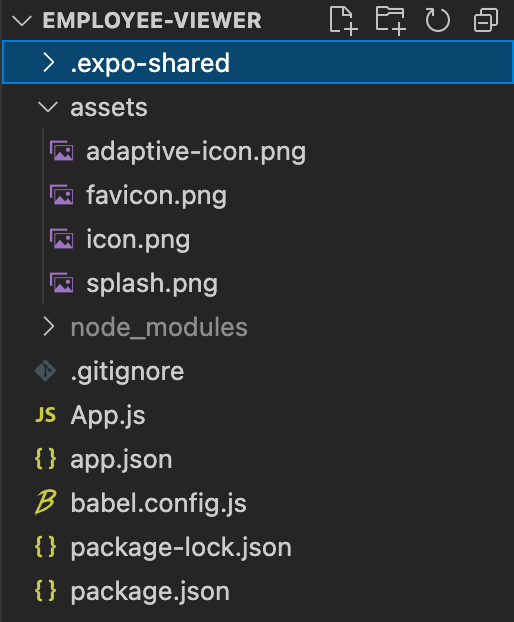

- Android studio m1 native support how to#
- Android studio m1 native support full#
- Android studio m1 native support for android#
- Android studio m1 native support android#
Android studio m1 native support android#
For Testing Apps: App developers use Android emulators to design and test their apps before launching them to the public.

Main Uses of EmulatorsĪlthough the developer community was the target audience for emulators back in the day, now, a lot of people use emulators for many reasons. It means you will be able to use run Android OS and apps on Mac.īy that definition, an emulator is software(or custom hardware) that enables one computer device to behave like another. When we talk about Android emulators for MacBook M1, it is software that can simulate Android OS on your Mac computer. These emulators are compatible with the M1 chip and macOS Big Sur. This guide will list some of the top emulators to run Android apps on MacBook M1. If you are looking for the top Android emulators for MacBook M1, you have come to the right place. Some software does not work with the M1 chip. However, the transition from Intel to M1 brings compatibility issues to the M1 Macs. Apple introduced it with MacBook, and now M1 MacBooks are some of the best laptops in the market.

Android studio m1 native support for android#
Versions later than Arctic Fox Canary now supports Apple's Silicon-based machines for Android Studio.The M1 chip has taken the market by storm.
Android studio m1 native support how to#
To learn more about how to install "the m1 way", go to his post and give it a read (and leave an appreciation clap 😄)
According to a post by React Native guru Jamon Holmgren, I learned that all this time I've been installing JDK wrong on my m1 machine 😱. Install following cocoapods: brew install cocoapods. Check out my post 👉 How to configure VSCode Bracket Pair Colors Natively Bracket Pair Colorizer 2 - VSCode now supports this natively. Thus, the list of extensions below is the combination that fulfills both of my purposes. I use the VSCode editor for both writing code and writing blog posts. For the terminal prompt, I use Spaceship ZSH. For file icons, I love Material-Icon-Theme. For the dark theme where I spent most of my time, I use fairyFloss. I usually like to switch between a dark and a light theme. However, I like to use Oh My Zsh to manage the ZSH configuration, plugins, and a theme to prettify the terminal. ZSH is the default shell in macOS Big Sur. Cleanshot (for screenshots and recording videos). Slack or Discord (for work and community). DF Tube (Distraction Free for YouTube™). Twemex: Sidebar for Twitter - Minimal Twitter. Sync settings and switch "Developer Mode" on. Enable: View -> Show Path Bar, Show Status Bar. Enable showing hidden files (hold Cmd + Shift dot(. Preferences > Advanced > Show filename extensions. Disable search except for Applications, Calculator, Conversion, Definition, and System Preferences. Disable Swipe between pages and App Exposé. Enable secondary click with bottom right corner. Disable "Automatically rearrange Spaces based on most recent use". Android studio m1 native support full#
Enable "Automatically hide and show the menu bar in full screen". Enable "Automatically hide and show the Dock". These settings are available in the Systems and Preferences app: System preferences and settings that I prefer. Terminal: Download iTerm 2 and set it to default. Browser: Download Brave Browser, Google Chrome. When setting up a new Macbook, here are the initial steps I take: Since then, I have had two Macbook Pros using an Apple Silicon processor (M1). I wrote this originally in 2021 to keep track of what I need to start when setting up a new laptop. It's 2022, and I am still coming back to this article.







 0 kommentar(er)
0 kommentar(er)
